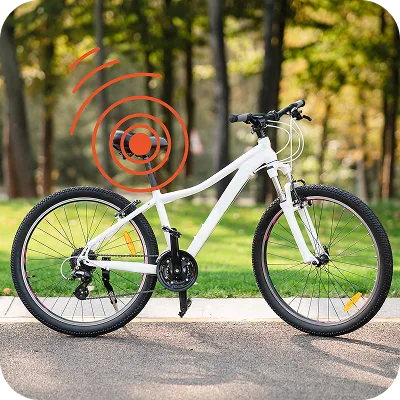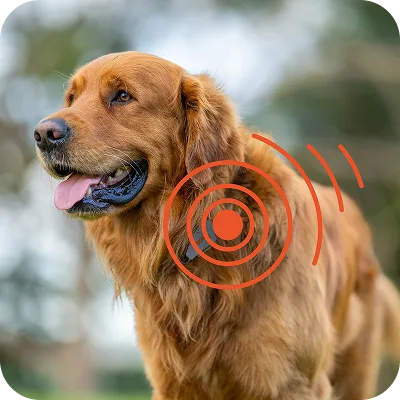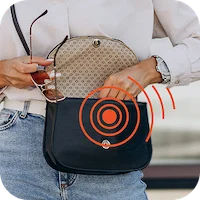Checklist for First-Time Used Car Buyers in the US
A Buyer’s Short Checklist for Used Cars
Check Title History & Legal Status:
Red Flags: Look for Salvage, Rebuilt, Flood, or Lemon titles.
Verify: Ensure there are no active Liens (outstanding loans).
Mileage Verification:Check for consistent Odometer readings to rule out illegal rollback.
Accident & Damage:Look for any reports of Structural Damage or Airbag Deployment.
Maintenance & Recalls:Check for significant Gaps in Service History.
Verify all manufacturer Open Recalls have been addressed.
Ownership & Usage:Note the Number of Previous Owners (frequent turnover is a concern).
Now long version.
Buying a used car can be one of the smartest financial moves you make — if you do it right. There are always some overlooked hidden issues.Whether you’re shopping at a dealership or from a private seller, that can turn your dream deal into an expensive headache.
Here’s a practical, step-by-step checklist to help you make a confident and informed purchase.
1. Set a Realistic Budget
Be aware that you will likely spend a significant amount on your new purchase, so before you begin looking, ensure you know how much you can afford. If you’re unsure, it’s always a good idea to seek help from a financial advisor. Once you have decided how much you can afford — not just for the car itself, but also for Sales tax, registration fees, insurance premiums, maintenance, and unexpected repairs, as well as optional upgrades like GPS trackers or dash cams.
Tip: Leave a little buffer (around 10%) for post-purchase costs.
2. Study the car industry
Learning about cars can be fun. You should know what you want from your vehicle; it may be reliability, safety, fuel economy, or a combination of all. Compare models for reliability, safety, and fuel economy. Once you’ve decided on the brand and model you want, check its current market value and confirm that the manufacturer is still producing new units of that model. It ensures the car hasn’t been discontinued and that parts and service will remain readily available.
You can check average resale prices on sites like Kelley Blue Book (KBB) or Edmunds.
Important note: Make sure you read reviews from real owners — they will tell you what the spec sheet won’t. You can also do some Reddit searches to hear stories about cars.
Research makes all the difference.
3. Check the Vehicle History Report
Always run the VIN (Vehicle Identification Number) through a trusted service, such as Carfax or AutoCheck. It will give information on Title History and Brands. Here, you can learn about the legal status of the vehicle. When checking, be aware of the following.
i. Salvage, Rebuilt, or Flood Title: A Salvage Title means an insurance company declared the vehicle a total loss due to severe damage (accident, fire, flood). A Rebuilt Title means the salvaged vehicle was repaired and inspected for roadworthiness. These cars are significantly devalued and can have hidden problems. Flood damage can lead to long-term electrical and mechanical issues.
ii. Lemon History: When the vehicle had recurring, unfixable defects, the manufacturer called back the vehicle under “lemon laws.” Make sure it’s not such a vehicle.
iii. Lien or Loan Information: If there is any debt on the vehicle, this data shows, and you can ask the seller to pay off the lien so you get a clean title.
iv. Odometer Rollback/Discrepancy: Odometer readings at various points, like service and registration, can be checked in the report. If the current odometer reading is lower than a previous one, it’s a definite sign of illegal odometer tampering.
4. Inspect the Car in Daylight
After checking the vehicle’s history and being satisfied with it, it’s now time to inspect the car. An automobile can appear flawless in pictures, but on closer inspection, you will see all the faults. So closely examine the paint for scratches or mismatched panels.
Inspect tires, lights, and undercarriage for signs of wear or rust.
Ensure that all buttons, electronics, and air conditioning systems function correctly.
You can also inspect brake pads and other components if you are familiar with them.
Otherwise, it’s always wise to pay a mechanic $100–$150 for a professional inspection to ensure systems function correctly. It’s worth every cent.
5. Take a Test Drive
You should feel good about your car when you drive, as it gives you confidence on the road. So, take the vehicle for a test drive and drive it on different roads — city, highway, and bumpy roads. It will help you understand steering response and alignment, Brake sensitivity, Transmission shifts, Acceleration, and idle smoothness. Also listen for unusual noises.
6. Verify Ownership & Paperwork
Suppose you are satisfied with everything about the car’s performance, it’s time to check for ownership and paperwork. You should be aware of the number of owners. A higher number of owners, especially on a relatively new car, can be a red flag, suggesting that previous owners were quick to sell it due to problems.
Frequent, short-term ownership changes (e.g., three owners in two years) can signal recurring issues.
Vehicle Usage: See if the car was used as a rental vehicle, taxi, livery, or commercial/fleet vehicle. It’s better to avoid commercially used vehicles as they have significant wear and tear.
Registration History: Check for frequent state-to-state transfers, which may indicate an attempt to “wash” a bad title or conceal regional damage (such as flood or severe rust).
Bill of sale with the agreed price and VIN number.
If the car still has a loan or lien on it, confirm how and when it will be cleared before you pay.
7. Negotiate as if you know everything about the vehicle
We have discussed earlier that learning about cars can be fun; now, bring all that you have learned to the table. Use history reports, inspection results, and comparable prices to negotiate confidently.
Stay polite but firm. Remember: you can always walk away. There are thousands of cars out there.
8. Secure the Sale
If you are ok with the price, then meet the owner in a safe public location. Use a traceable payment method (avoid cash for large amounts). Make sure both parties sign the bill of sale.
If you are purchasing from a dealership, then you should review the warranty terms carefully, if there is any warranty for parts. Ask if there are any return or exchange policies, and always double-check any “add-ons” before signing.
9. Time to protect your new ride
Investing in a car is not ending with purchase; there are a few more things you need to spend money on that give your ride protection. You should register it and get insurance coverage immediately.
Schedule an oil change and basic maintenance.
Consider installing a tracking device as it can help locate your car in real time if it’s stolen — and can even lower your insurance premium in some states.

























